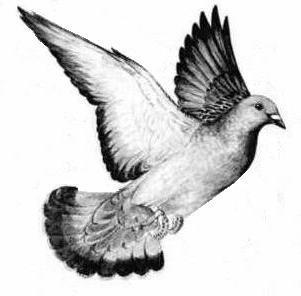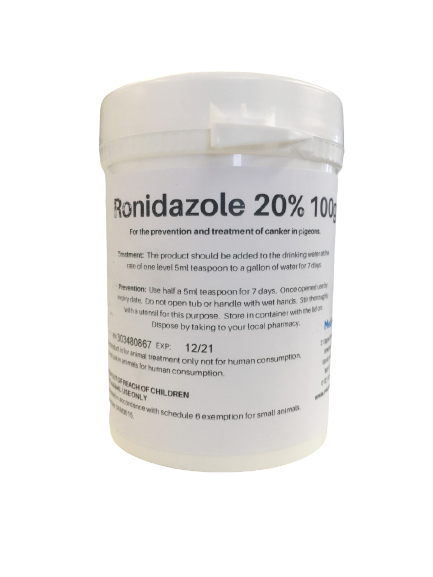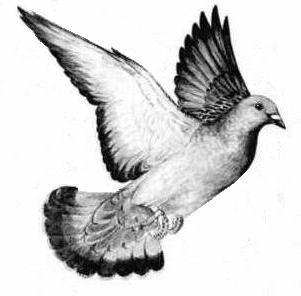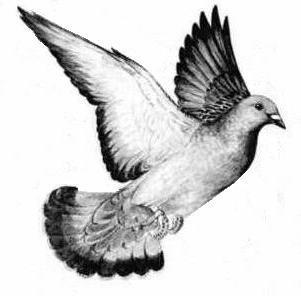News
JUBILEE BANK HOLIDAY DELIVERIES
Posted by sharmila Samrai on
Our last postage date will be Tuesday 31st May as any order placed after this date will not be guaranteed next day delivery because of the bank holiday, we are closed from Thursday 2nd June and we will reopen Monday 6th June deliveries will then be as normal. Thankyou all for your loyal custom and hope you all enjoy your bank holiday celebrations.
Canker and routine treatments
Posted by parteek mahay on
What routine treatments do I have to do in my team of racing pigeons. When do I do it and what should I use? By David Palmer B.V.Sc, M.R.C.V.S Racing pigeons “carry” many diseases which need treatment to keep them under control. They also carry several diseases which can be lived with quite happily, can flare up into clinical disease under conditions of stress e.g. racing, overcrowding. Molting, dampness, concurrent disease, breeding, rearing, moving loft. In other words, living the life of a racing pigeon! All these “carried” diseases need looking out for, as when they flare up they produce...
Mites & lice !!
Posted by Dave Page on
With the launch of our new product Medimite oral drops, our expert pigeon pharmacist shares a few precautions and treatments for mites, lice and worms... Mites & Lice (Skin Parasites) Feather loss & damage can be as a result of physical damage e.g rubbing up against the drinker or the pigeon may have pecked out feathers as a result of itching. To overcome the problem of the bald pigeon chest: Observe the pigeon when it is feeding or drinking, if there is the slightest suspicion that the bird is rubbing its chest against a drinker the you may choose to either...
Paramyxovirus disease
Posted by Dave Page on
Paramyxovirus disease Paramyxovirus is a deadly & very contagious disease. Pigeons should be vaccinated from 4 weeks of age. Paramyxo has an incubation period of 5 weeks i.e the affected bird will not show signs of being infected for 5 weeks from coming into contact with the PMV. It is very important to vaccinate all the birds in the loft since a vaccinated bird can spread the virus without showing signs of the disease. Some features of the paramyxovirus disease: Usually the first signs of the disease are watery loose droppings Nervous signs e.g missing pecking of grains, wing &...
Aspergillosis (Thrush) in Pigeons
Posted by Danny Evans on
Aspergillosis (Thrush) in pigeons Aspergillosis is readily avoidable by not useing mouldy damp hay or straw in the loft. Never buy store or feed damp corn or feed. Diagnosis; White plaque - like lesions seen in the mouths of pigeons and the failure of birds to respond adequately to antibiotic treatment & canker treatment & the presence of mouldy bedding & food in the loft. Candida is the name of the fungi causing Aspergillosis, Candida tends to colonise in birds which have a compromised immune system & there is a challenge...





